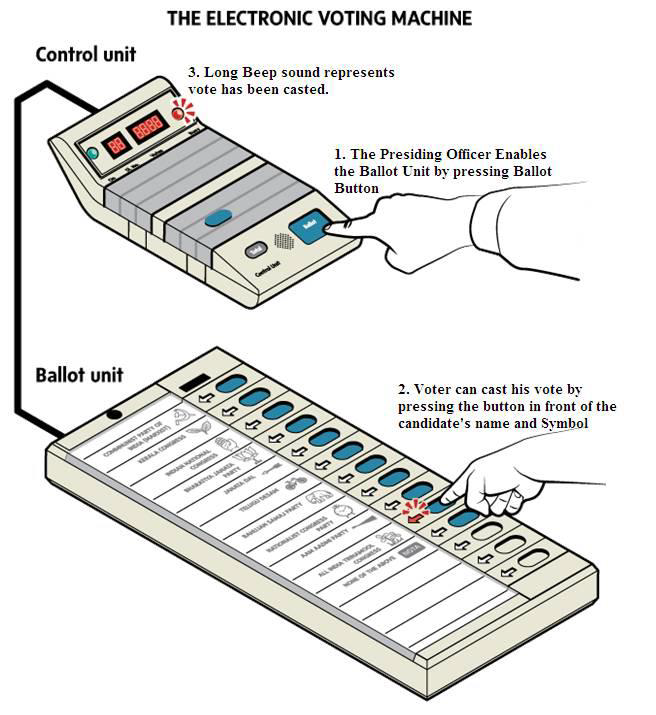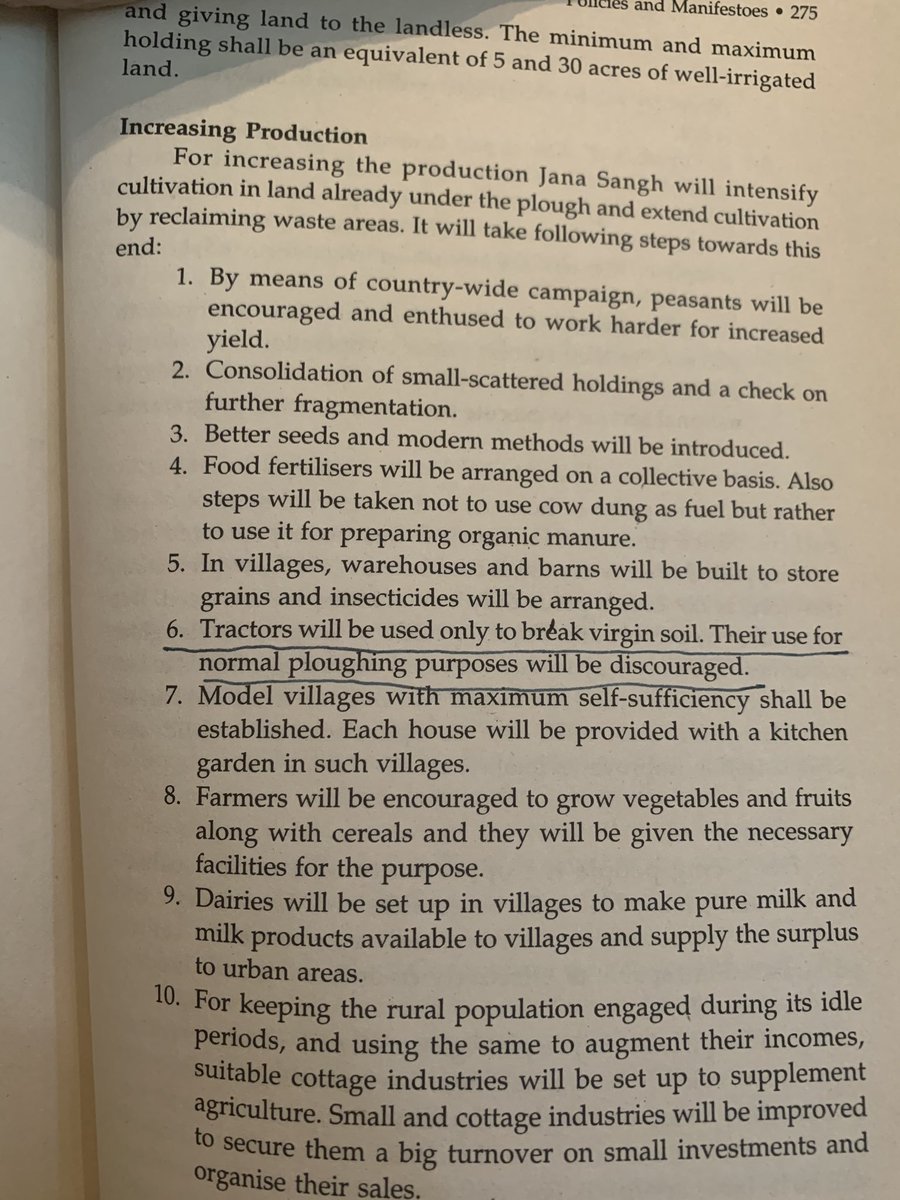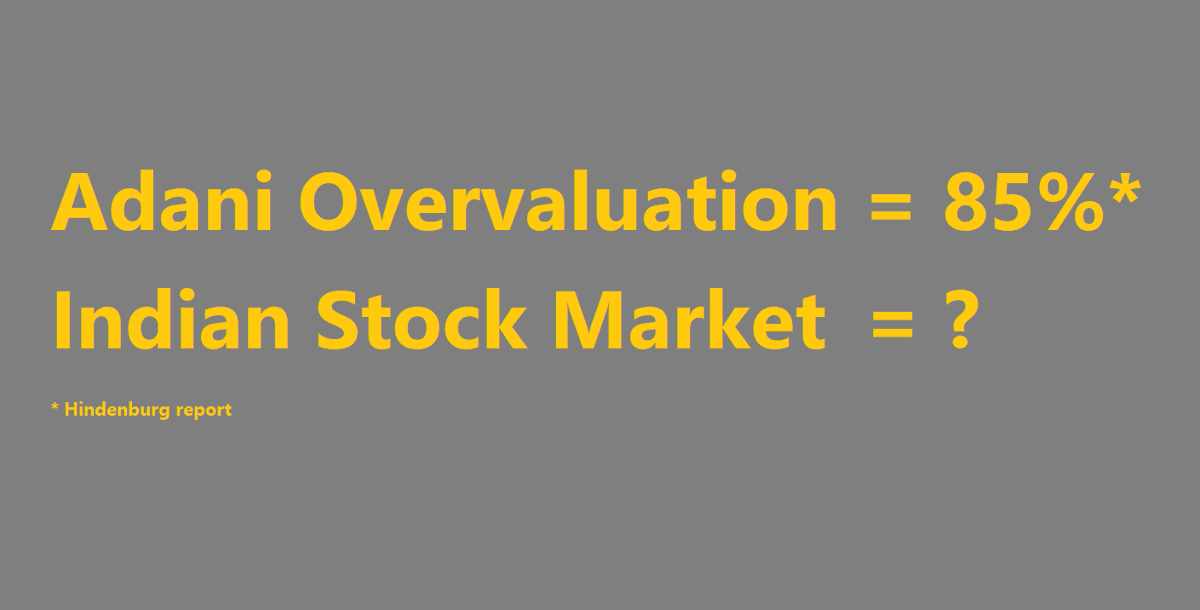I filed 3 RTIs in a span of 8 months to find out EPFO equity investments in the stock markets.
Oct-18: ₹59,000 Crs
Dec-18: ₹63,224 Crs
Jun-19: ₹79,567 Crs
An increase of ₹16,343 Crs in 6 months which is almost ₹2,723 Crores per month. (1/5)


Oct-18: ₹59,000 Crs
Dec-18: ₹63,224 Crs
Jun-19: ₹79,567 Crs
An increase of ₹16,343 Crs in 6 months which is almost ₹2,723 Crores per month. (1/5)



How will this affect you and me?
EPFO had a total fund size of ₹10,45,870 Crs as on Sep-18. This is nothing but the money that we have saved from our salaries. Our savings for the future. (2/5)
EPFO had a total fund size of ₹10,45,870 Crs as on Sep-18. This is nothing but the money that we have saved from our salaries. Our savings for the future. (2/5)

Now, we all know that the markets are not doing good, because of the sluggish growth in the economy.
Then, why is EPFO still continuing with its investment spree? Why is it trying to catch the falling knife? (3/5)
Then, why is EPFO still continuing with its investment spree? Why is it trying to catch the falling knife? (3/5)
If EFPO faces huge losses in the market, it will result in lower interest rates.
Now, is this investment forced upon EPFO by govt, as they did to RBI, LIC, ONGC etc?
Very likely. It helps govt to keep the Sensex & NIFTY afloat. (4/5)
Now, is this investment forced upon EPFO by govt, as they did to RBI, LIC, ONGC etc?
Very likely. It helps govt to keep the Sensex & NIFTY afloat. (4/5)
If that's the case, we are now contributing our savings to the FIIs who are taking away money from the markets every day.
Their profits will be our loss. Time will tell us everything. (5/5)
Their profits will be our loss. Time will tell us everything. (5/5)
• • •
Missing some Tweet in this thread? You can try to
force a refresh


















